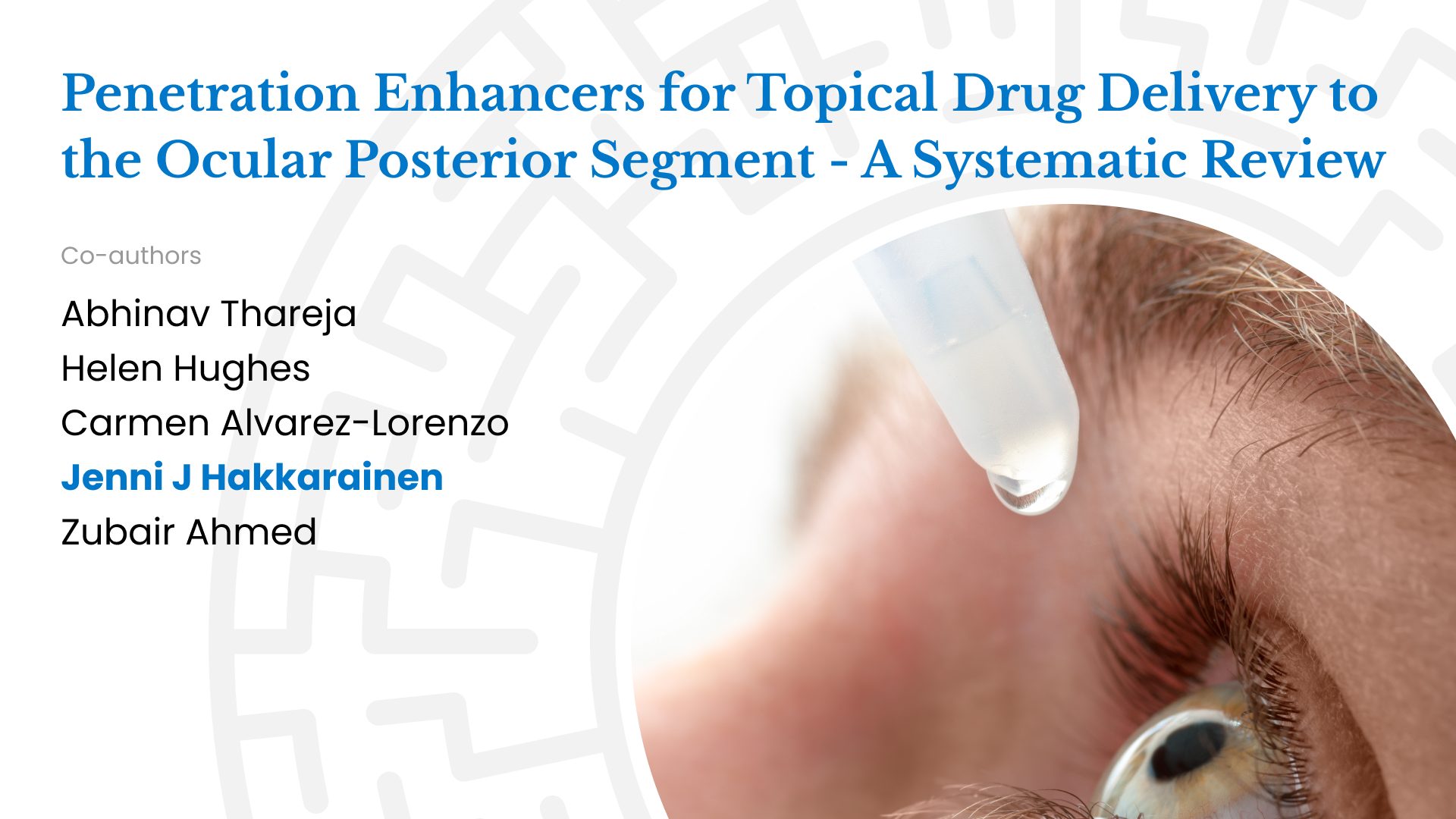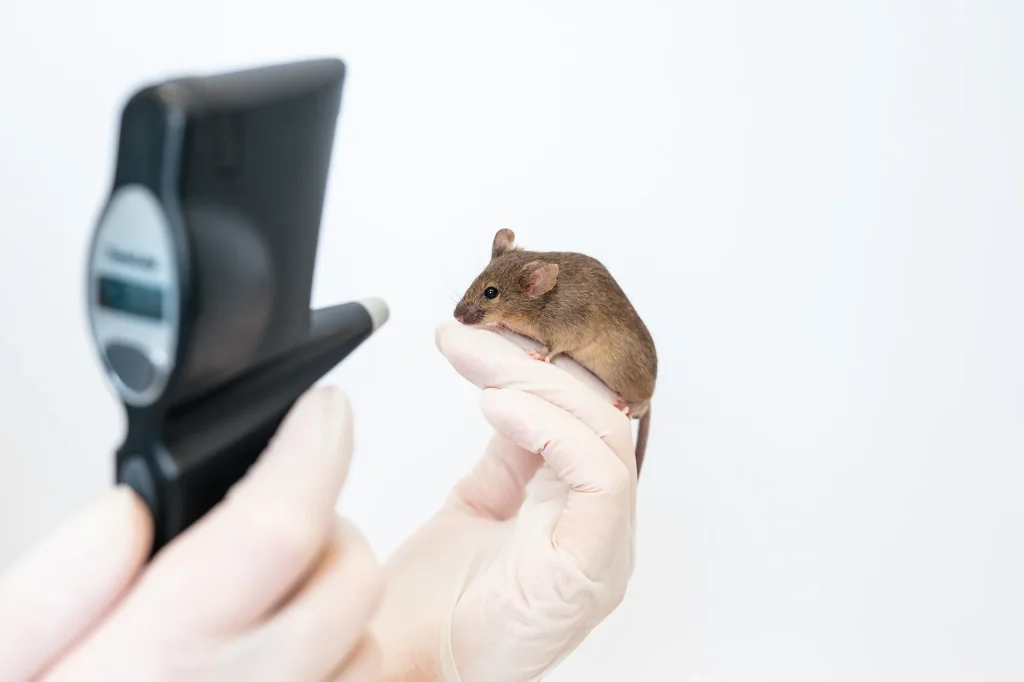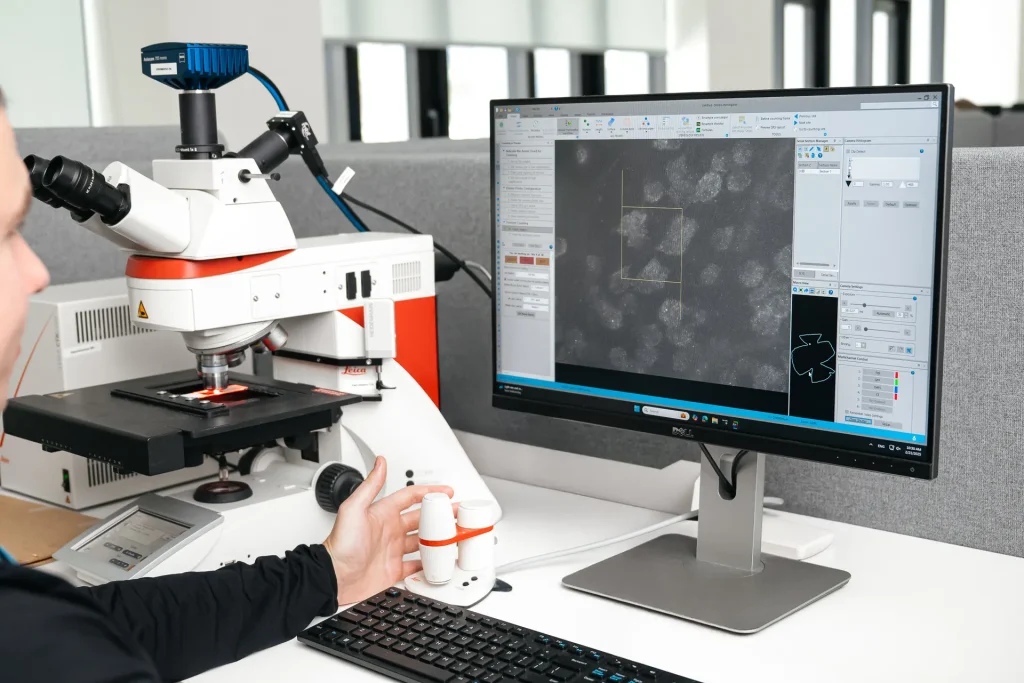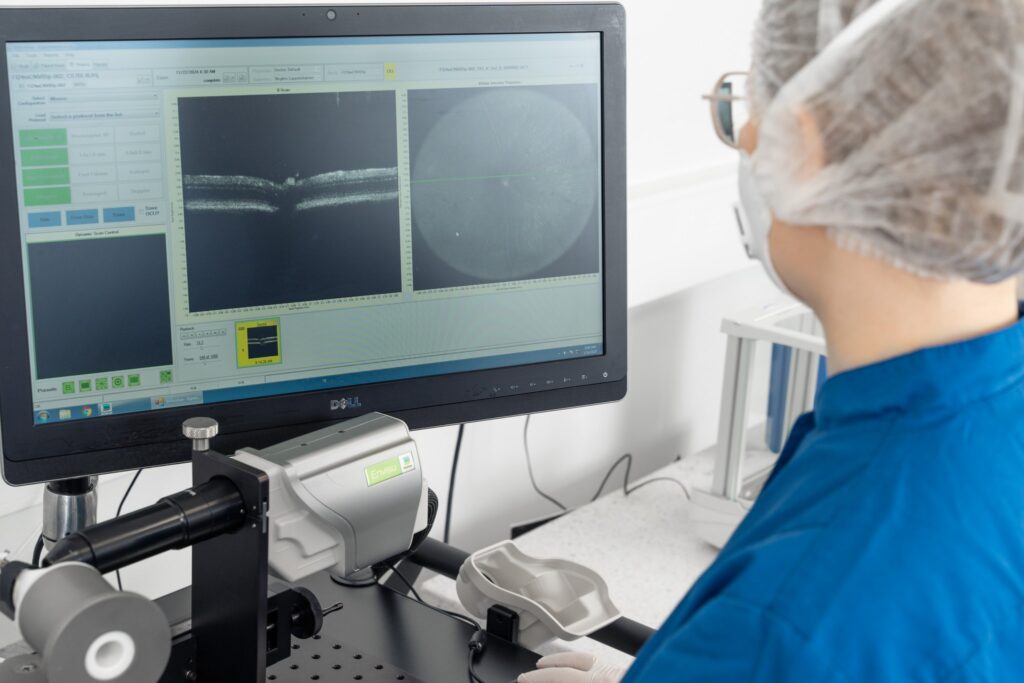Penetration Enhancers for Topical Drug Delivery to the Ocular Posterior Segment


There is an unmet clinical need for eye drop formulations to efficiently treat the diseases of the posterior ocular segment by non-invasive topical administration. Here, we systematically reviewed the literature on ocular penetration enhancers and their ability to transfer drugs to the posterior segment of the eye in experimental studies.
Our aim was to assess which penetration enhancer is the most efficient at delivering drugs to the posterior segment of the eye, when topically applied.
We conducted a comprehensive search in three electronic databases (Ovid Embase, Ovid MEDLINE, and PubMed) to identify all the relevant manuscripts reported on ocular penetration enhancers based on the PRISMA guidelines. We identified 6540 records from our primary database search and filtered them per our inclusion/exclusion criteria to select a final list of 14 articles for qualitative synthesis. Of these, 11 studies used cell penetrating peptides (CPPs), 2 used chitosan, and 1 used benzalkonium chloride (BAC) as the penetration enhancer.
Cationic and amphipathic CPPs, transactivator of transcription (TAT), and penetratin can be inferred to be the best among all the identified penetration enhancers for drug delivery to the fundus oculi via topical eye drop instillation. Further high-quality experimental studies are required to ascertain their quantitative efficacy.
Full article available from Pharmaceutics.
Find out more: contact Experimentica’s COO and co-author Dr. Jenni Hakkarainen at info@experimentica.com
Check out our latest news and activities
All Scientific publications




Copyright: Experimentica Ltd. 2025